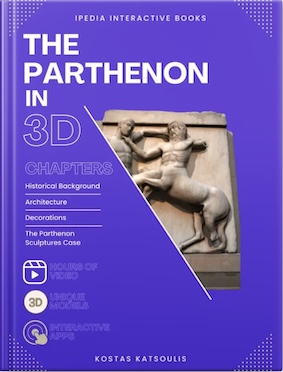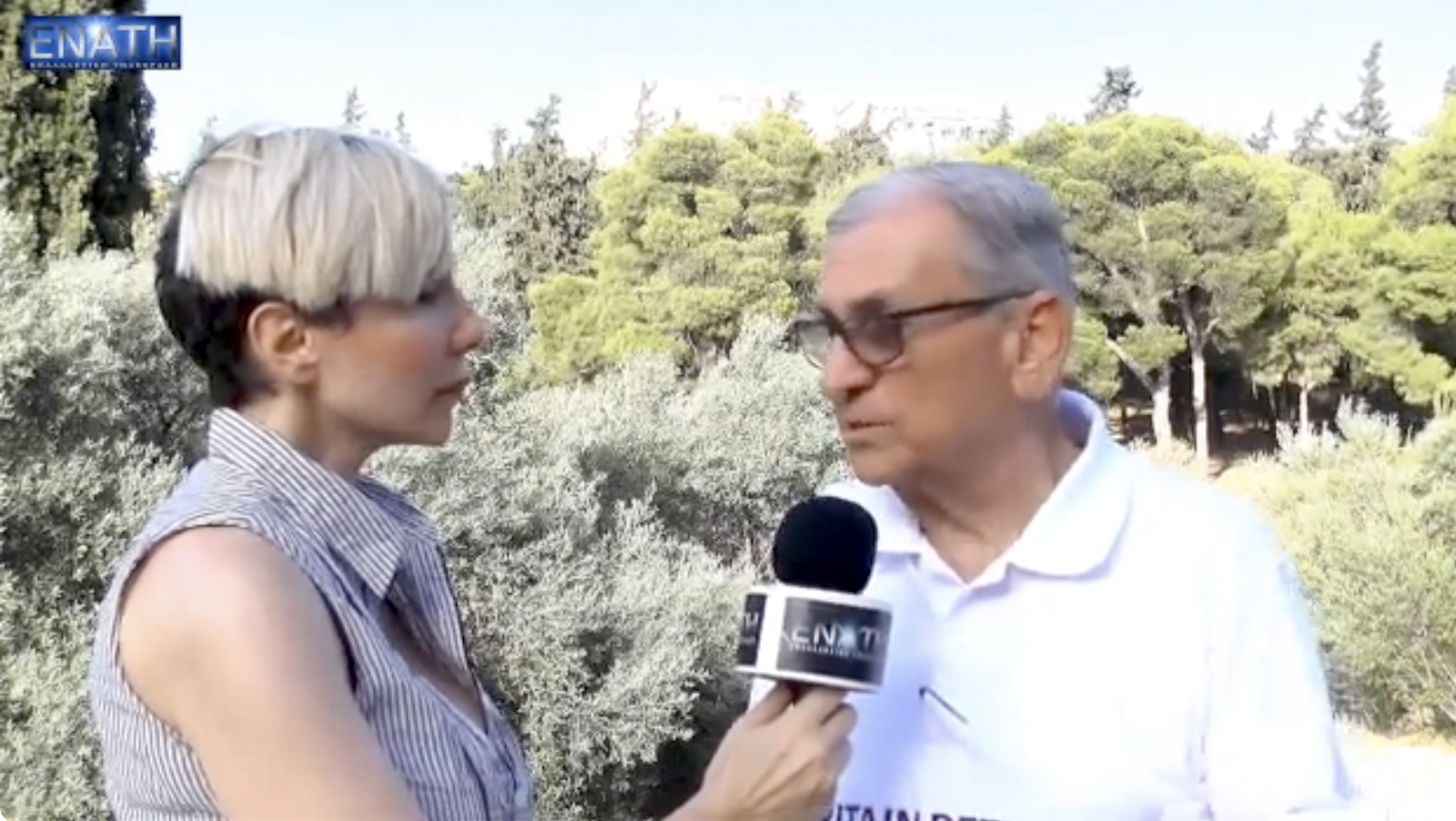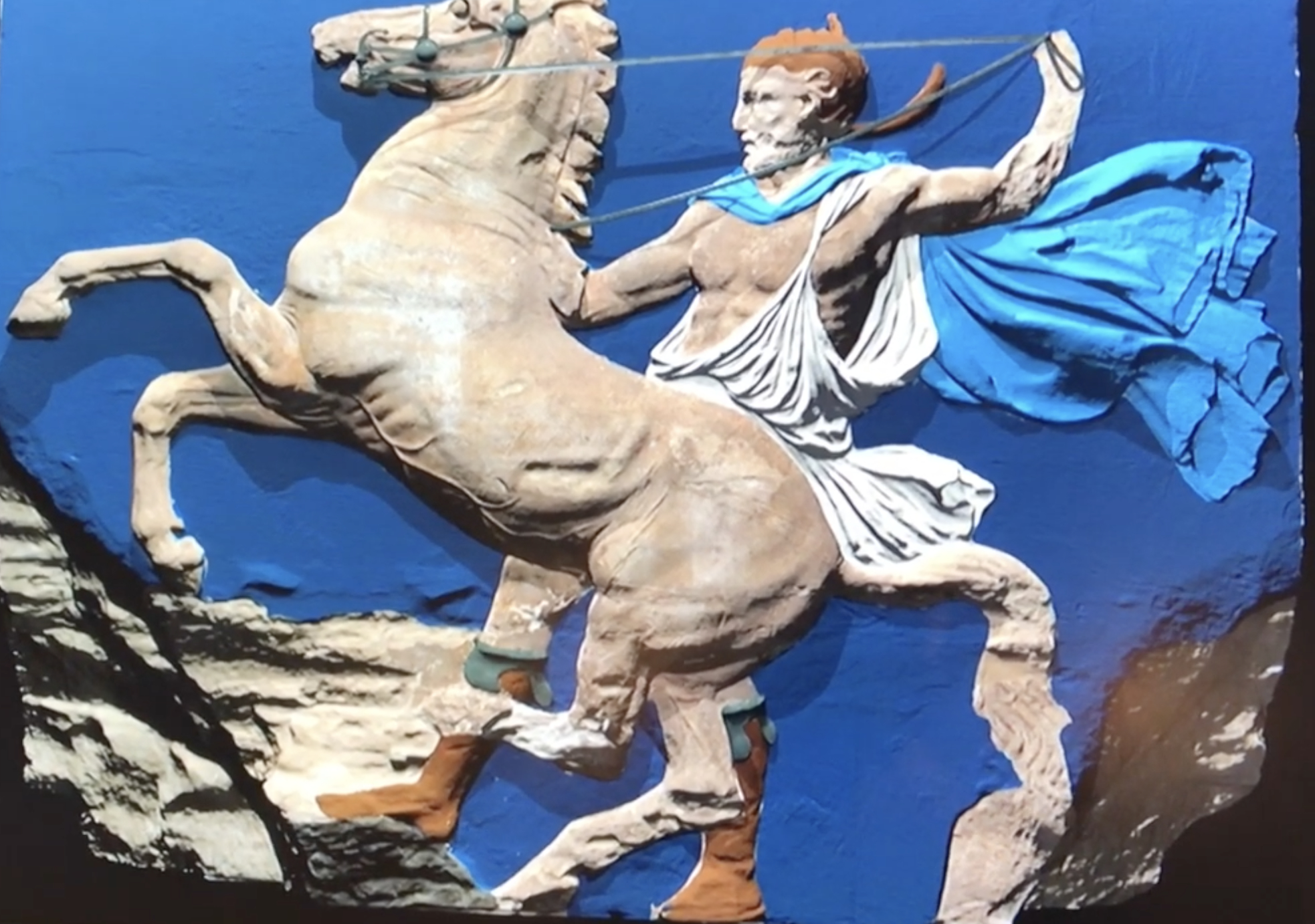

The unprecedented case of the theft of hundreds of valuable objects from the British Museum, with perpetrators appointed to protect its collections, apart from the criminal and moral responsibilities, raises the major question of the credibility of the museum organization itself. At the same time, the last argument of the British that the Parthenon Sculptures are supposedly safer in this particular Museum than in Athens, in the Acropolis Museum, is once again falling apart.
In its editorial in the 26 August edition the “Times of London” – for fifty years opponents of the return of the Sculptures to Greece, now ardent supporters of their return and reunification in Athens – severely criticise the British Museum, pointing out that the international reputation of the Museum is at risk. After the recent revelations, the Greek request is absolutely strengthened.
It is not the first time that the British side has been exposed internationally for the way it has treated Phidias’ masterpieces. The architectural sculptures of the great monument of Western Civilization – an integral and organic part of the Parthenon – have been abused and destroyed, irreverently, in a violent and immoral way, from the time of their theft and vandalism by Elgin, to the present day. No honest and objective critic can entertain the slightest doubt about Elgin’s motives and methods 200 years ago. It was a theft, accompanied by unprecedented vandalism, which caused incalculable damage and destruction to the monuments, in addition to damage and unacceptable harm to their physical, conceptual, and aesthetic integrity.
Edward Dodwell experienced Elgin’s brutality: “I felt indescribable humiliation to be present when the Parthenon was stripped of its most brilliant sculptures. I saw some metopes, at the end of the south side of the temple, being dragged down. They were wedged between the triglyphs, in a recess. In order to lift them, they threw to the ground the magnificent cornice which crowned them. The eastern side of the pedimental gable shared the same fate.” Dodwell’s testimony is supplemented by Robert Smirke: I was greatly disturbed when I saw the destruction that was being wrought by the breaking down of the reliefs of the frieze. Each stone hit the ground with its weight. And its deep muffled sound seemed like an anguished groan of the wounded spirit of the temple. So much for barbarism.”
But the mistreatment of the Sculptures did not stop there. In the late 1960s, the British Museum’s Conservation Department undertook extensive cleaning to remove dirt and deposits. At that time, the surface of the Sculptures was covered with diluted polyethylene glycol wax, in order to facilitate future cleaning. Because of this, many of their delicate features are no longer discernible.
In 1961, a student, whilst shaking hands with a classmate in the Sculpture Hall, fell on the statues and detached the leg of a centaur. The Museum’s conservators were never able to completely repair the damage. In 1966 and 1970 vandals carved lines and letters into the pediment’s forms. In 1974, thieves damaged the hoof of a centaur as they tried to remove the lead used to bind the stones together in antiquity.
In June 1981, a Public Property Maintenance Service worker, while on the roof of the Duveen Gallery, lost his balance and swept away part of the glass roof, which fell onto the form of the west gable. The accident caused “minor cracks and abrasions” to the sculpture.
When, despite the silence of the British Museum at the time, the damage was revealed, its director Neil MacGregor said: “When you put sculptures in public view, you expose them to potential damage. Every museum in the world that exhibits sculpture in public has a history of regular wear and tear …Graffiti, scratches, impact damage. Quite simply, you cannot exhibit a sculpture at a level where the public is able to see it up close without accepting the risk. It’s the price you pay to make it available, to make it visitable.”
To all this, add the extremely problematic situation with rainwater falling from the ceiling, in the exhibition halls of the Sculptures in 2019 and 2021, which fully document the abandonment of the British Museum building.
It is clear the current heads of the British Museum, as well as some politicians, are not fully aware of the value and values that these specific creations of the “golden age” carry for Western Civilisation and the modem world. Otherwise, they would deal with them with more empathy and less arrogance. Chris Smith, Britain’s culture secretary, in 1997, told British Museum director Robert Anderson: “Modem pollution at the Parthenon has caused tragic deterioration to the pediments that Lord Elgin did not remove… It was clearly for the benefit of the sculptures, which belong to the British Museum, the fact that they are the property of
the Museum”.
In 2002, Sir John Boyd, chairman of the board of the British Museum wrote in a letter to Tony Blair: “Moving any element of the collection – Egyptian, Mesopotamian, Greek, Roman, Indian, African, Mexican or Chinese – would amount to amputation of one of the few places where people can discover the world. It is a creative and living achievement of the Enlightenment. The Parthenon, on the other hand, is a ruin that can never be restored.”
Today, it follows the tragic incident of theft by the British Museum’s officials responsible or the integrity and safekeeping of its treasures. After the long and tragic suffering of the Parthenon Sculptures, “kept”, in the British Museum, do the thefts perhaps find a justification? Indifference to the importance of the objects in the Collections. Excessive arrogance, on the part of the directors of the “Universal Museum”.
Is the current behaviour of the trustees of the British Museum different from the impermissible behaviour of Ian Jenkins, former curator of its Greek Collections, when he dared, in 1999, on the official website of the Museum to post two photographs of the head of Iris? In one, the head was covered in black. The other was clear. In the caption, Jenkins noted: “Before cleaning, and after cleaning,” claiming that this had happened in Athens. However, the truth is that the photo of Iris with the overlays was from a plaster cast, exhibited by the British Museum. The pure head of the goddess has always been kept protected in the Acropolis Museum, since 1989, when it was detached from a Byzantine wall on the Acropolis. Didn’t Jenkins know this? He obviously knew about it. He simply ventured a fallacy, a deception unacceptable for a scholarly curator of the British Museum.
The mistreatment and damage to the Parthenon Sculptures in the British Museum is long- standing and ongoing. The thefts, by the responsible curators, but also the disrespectful silence of its heads, who neither take care of the protection of the collections, nor take the appropriate security and guarding measures, proves that the “hospitality” provided to the masterpieces of Phidias, in British Museum, has always been flawed, incomplete, problematic. The “safekeeping” of the Sculptures in the British Museum is proving to be disastrous and dangerous. The urgent need for their reunification, in Athens, is now an act of Justice.
Translation by G Vardas from Ta Nea



